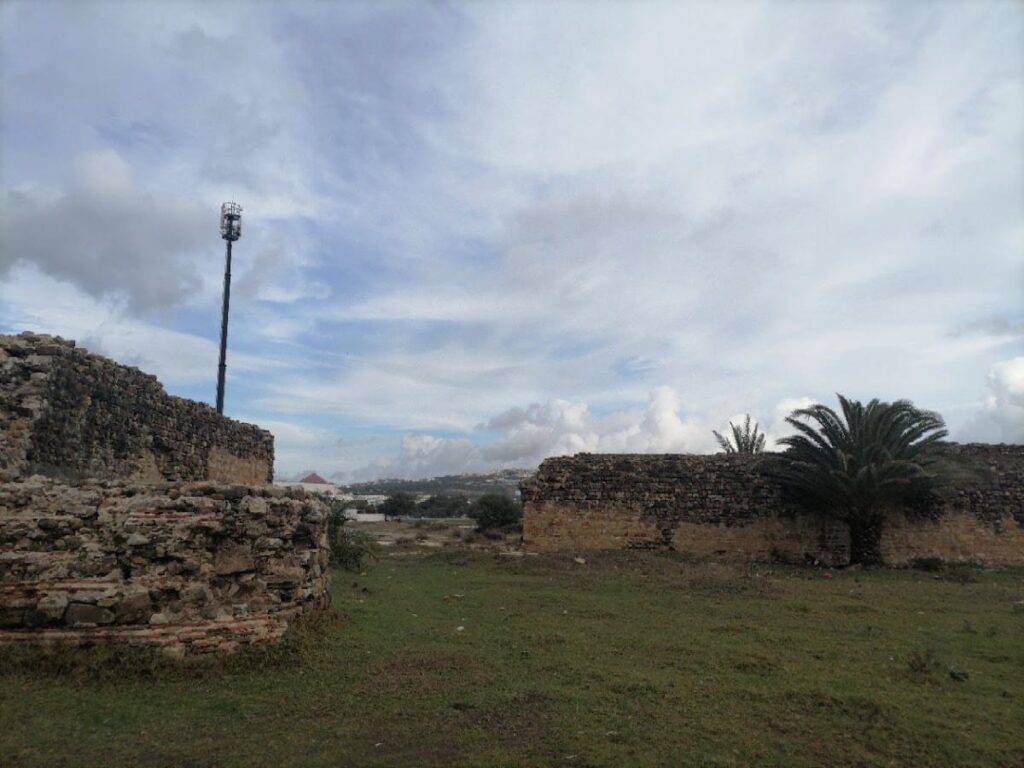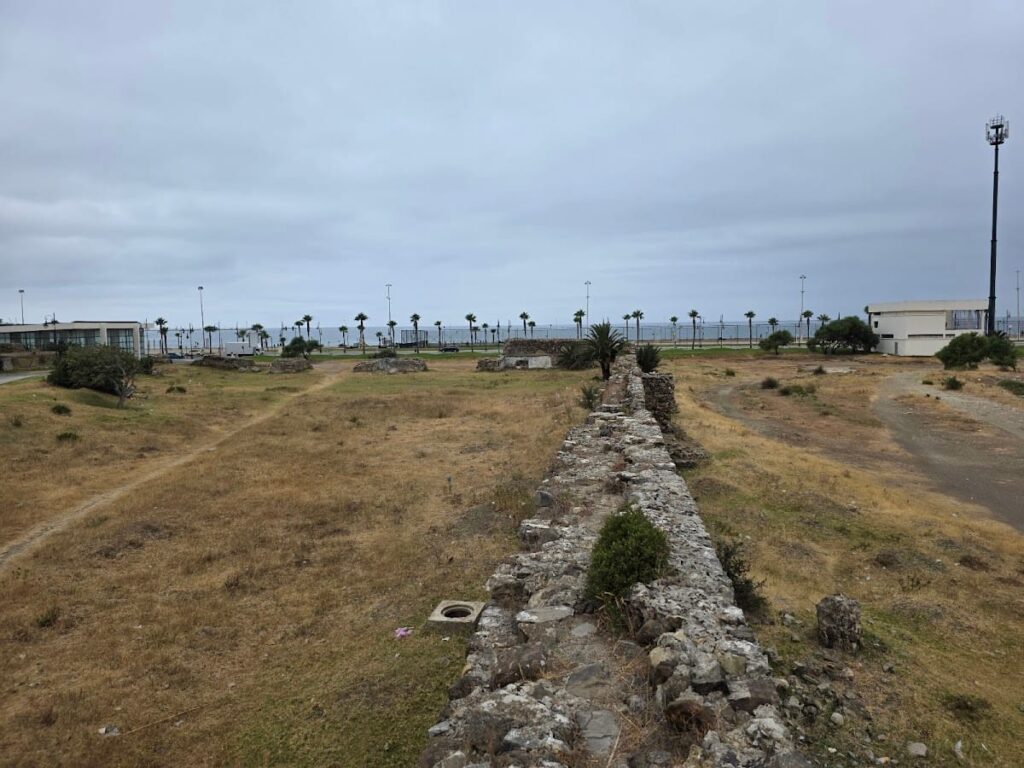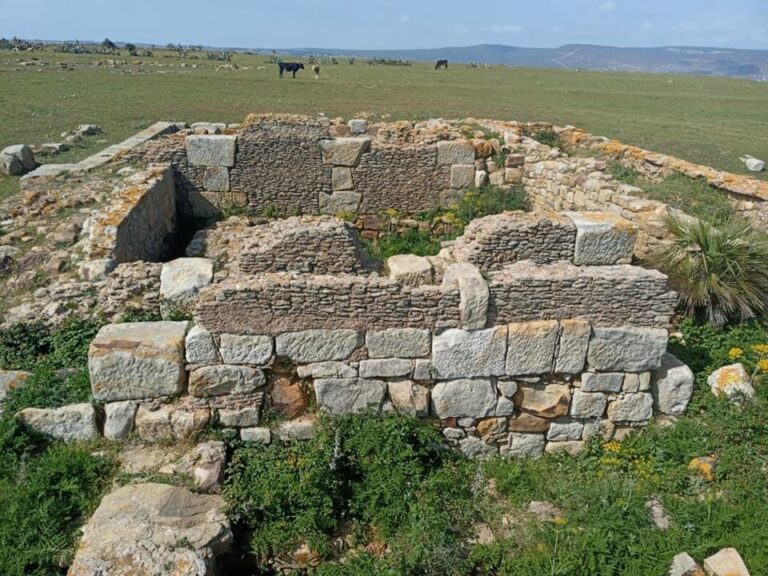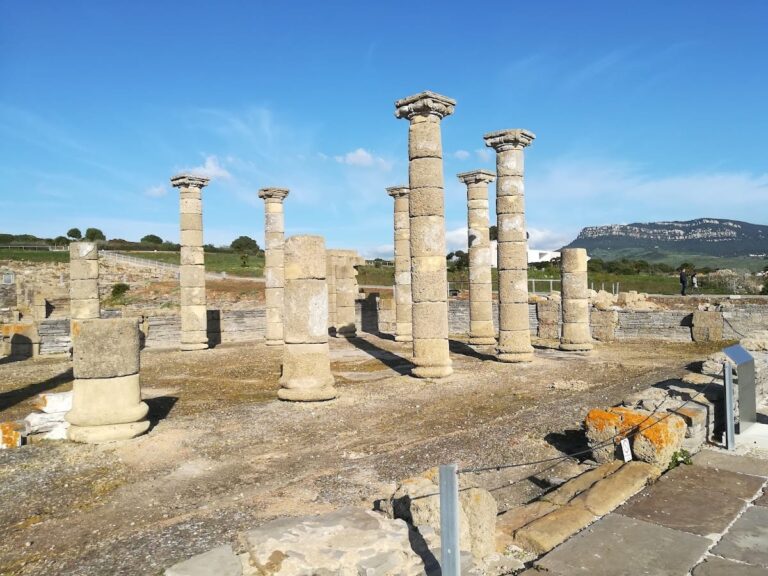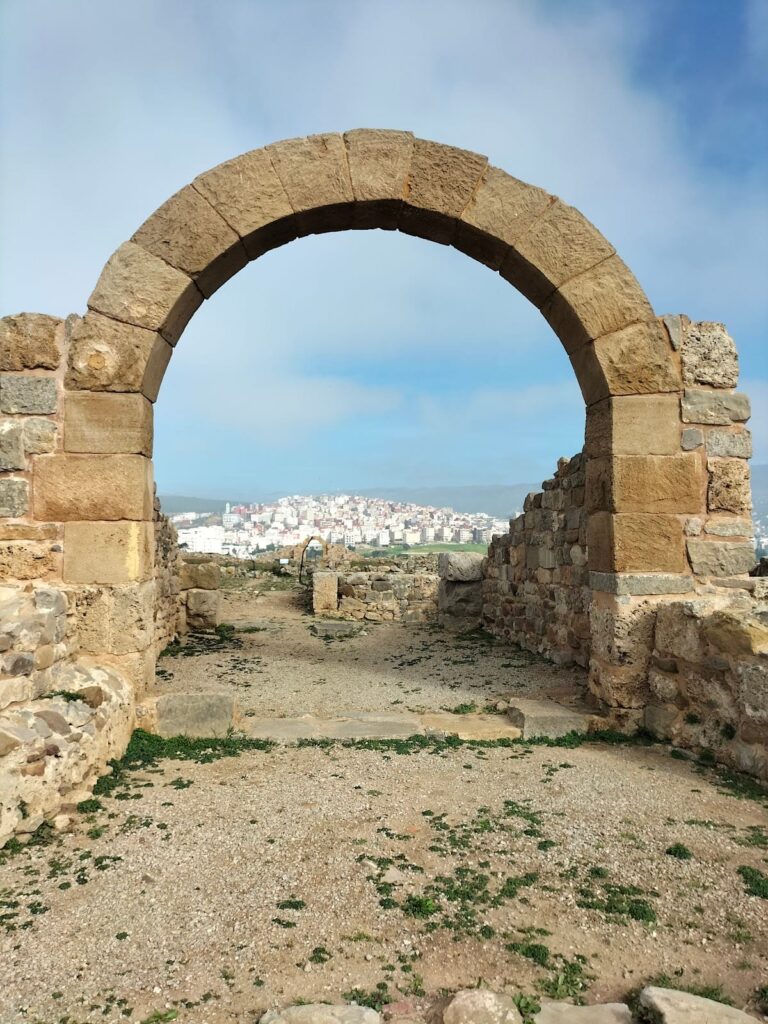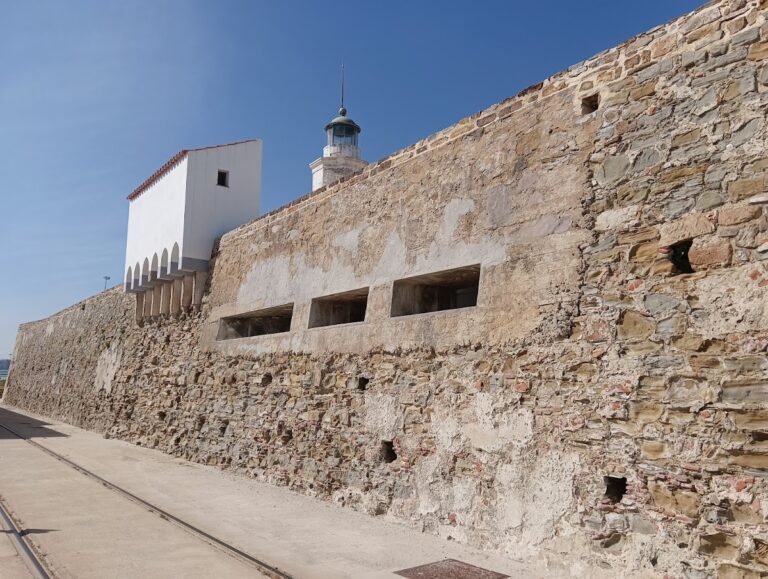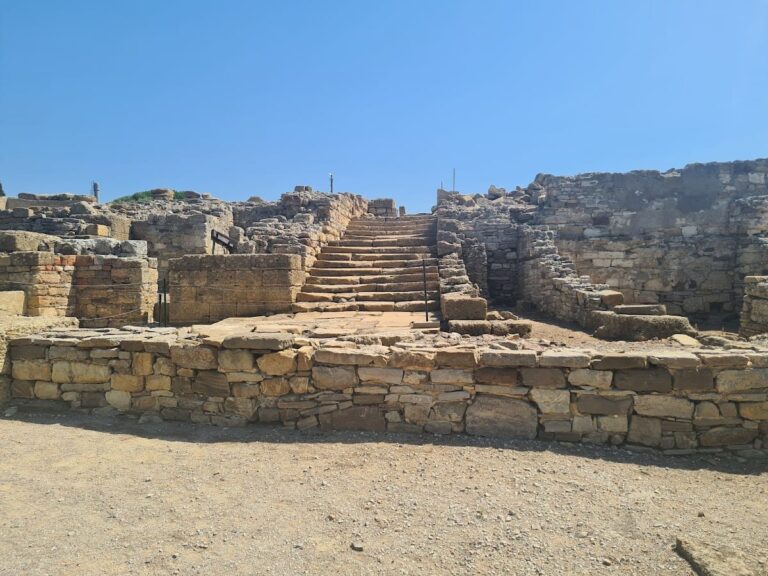Roman Walls of Tangier: The Ancient Fortifications of Tingis in Morocco
Visitor Information
Popularity: Very Low
Google Maps: View on Google Maps
Country: Morocco
Civilization: Roman
Remains: Military
History
The Roman Walls of Tangier are located in the ancient city of Tingis, now modern Tangier in Morocco. Originally founded as a Phoenician settlement in the 10th century BC, Tingis later became a Carthaginian colony before falling under Roman control in the 1st century BC. The walls mark the boundaries of this historic city, which evolved through several cultural and political phases.
Under Roman rule, Tingis was elevated to the status of a colony by Emperor Claudius. It was renamed Colonia Iulia Tingi and became the capital of the province Mauretania Tingitana. During the late 3rd century, under Emperor Maximianus around 297 AD, the city served as a strategic military and administrative center. It was a base for campaigns against Moorish rebels, reflecting its importance in regional defense and governance.
By the 4th century, Tingis had grown into a prosperous provincial capital with an estimated population of 20,000. The city was known for its fishing conserve industry and extensive Roman cultural influence. Christianity took root here, with documented martyrdoms such as Saints Marcellus and Cassian in the late 3rd century. The Christian community persisted in the city until at least the 10th century.
Following the Roman period, Tingis experienced several changes in control. The Vandals conquered the city around 425 AD. Byzantine forces restored it between 534 and 682 AD. Finally, the Umayyad Caliphate took control in 702 AD, after which the city’s prominence declined. Throughout these transitions, the Roman walls remained a defining feature of the ancient urban landscape.
Remains
The Roman Walls of Tangier outline the ancient city’s limits, with necropolises found to the northwest, west, and south. These burial grounds mark the edges of the settlement and provide insight into its spatial organization. Early 20th-century observations noted visible substructures of the walls along the seashore, indicating the extent of the fortifications.
Archaeological excavations have uncovered Roman baths beneath the Casbah area, revealing the city’s public amenities and Roman lifestyle influences. In the Rue de Belgique district, foundations of a Christian basilica have been found, confirming the presence of an early Christian community within the city.
The city’s presumed forum, a central public square, is believed to have been located at the Petit Socco site. Nearby, the location of a possible Roman temple corresponds to where the Great Mosque now stands, suggesting continuity of sacred spaces. The main east-west street, known as the decumanus maximus in Roman urban planning, likely aligns with the modern Zenga Es Siaghine street.
Notable artifacts include inscriptions, fragments of mosaics, a modestly crafted statue of a woman, and a damaged head of Emperor Galba. These finds contribute to understanding the city’s artistic and political history. The remains of the walls and associated structures survive in fragmentary form, offering valuable evidence of Tingis’s Roman past.
